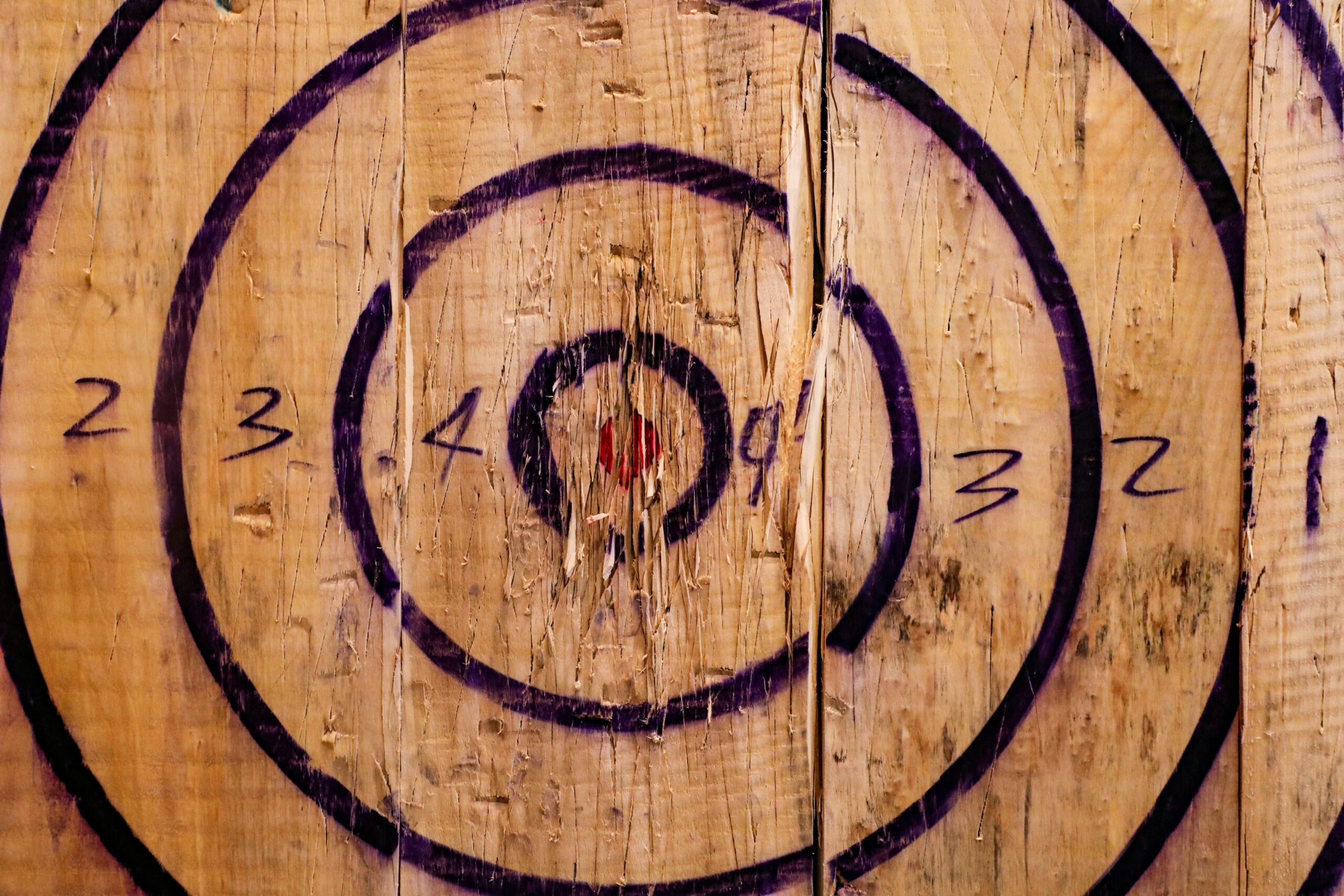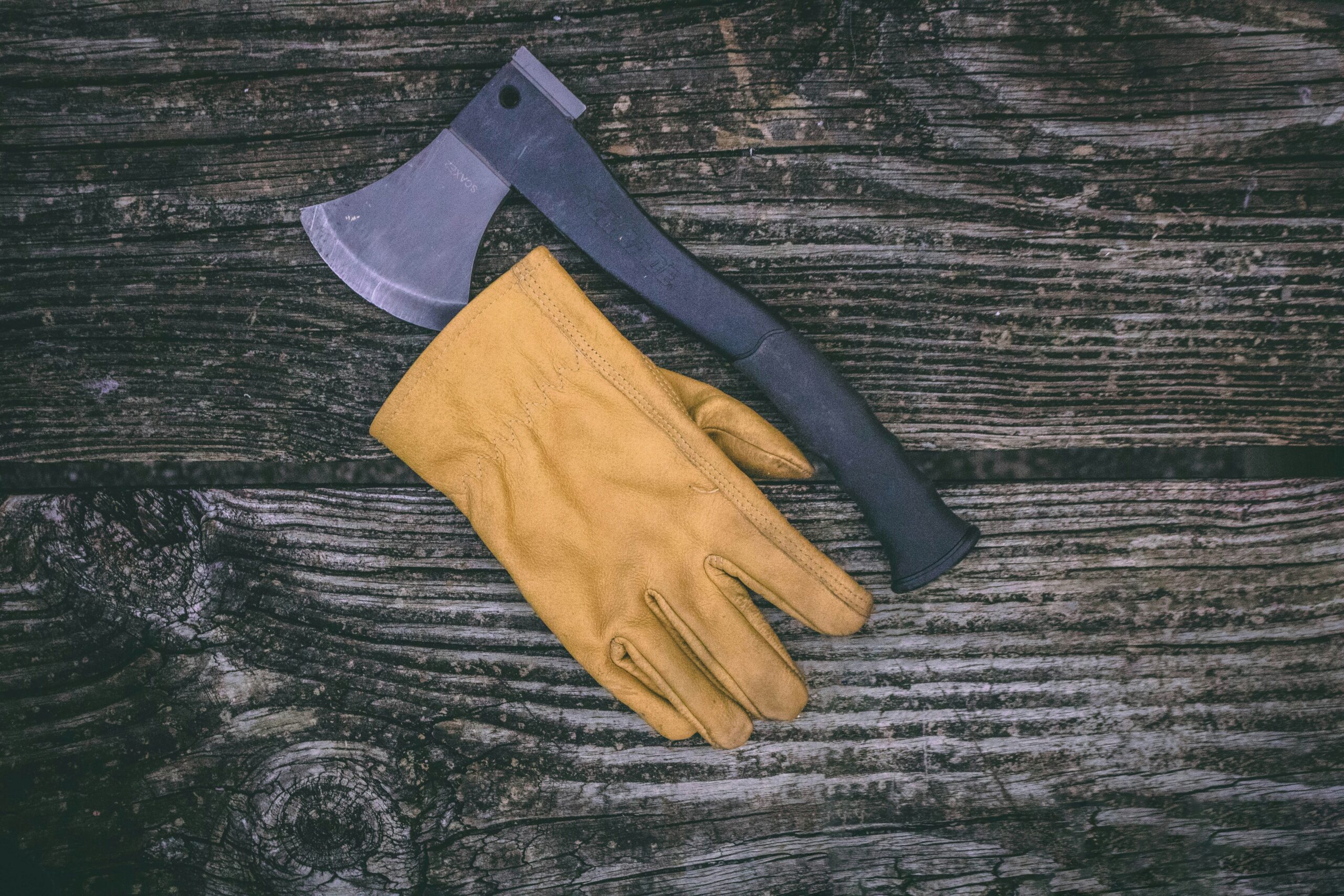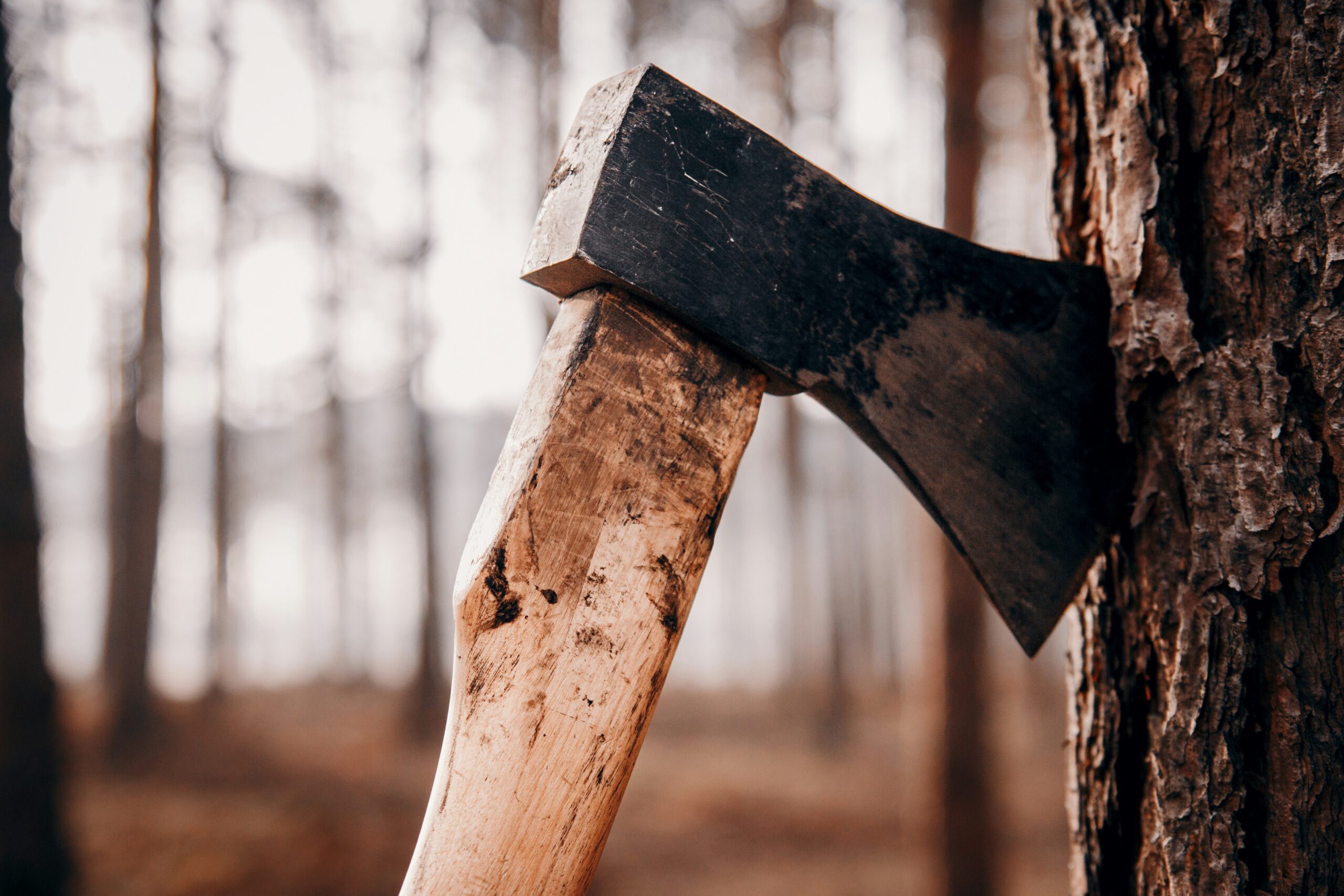Axe throwing can be a thrilling activity, but safety is a top priority that should never be overlooked. Learning axe throwing safety rules is essential to minimize risks and ensure an enjoyable experience.
This guide covers important topics such as the best safety gear, creating a safe environment, and fundamental axe handling rules. By understanding these safety guidelines, participants can confidently enjoy their time throwing axes while reducing the chance of accidents.
Key Takeaways
- understanding safety risks is crucial for a safe axe throwing experience
- proper equipment and protective gear significantly reduce the chance of injuries
- maintaining safe distances and clear boundaries is essential to protect all participants and spectators
- respecting others and staying focused helps create a supportive and enjoyable environment
- continuous training improves techniques and reinforces safety awareness for all involved
Understanding the Importance of Axe Throwing Safety Rules

Axe throwing can be a fun and exciting activity, but it also comes with certain risks. Recognizing these risks is crucial for everyone involved. By following safety guidelines, participants protect themselves and create a safer environment for others. This section covers the importance of understanding the hazards of axe throwing and the benefits of adhering to established safety rules.
Recognizing the Risks Involved in Axe Throwing
Axe throwing can be a thrilling experience, but it is essential to recognize the risks involved. Improper handling of the axe can lead to injuries, not just for the individual throwing but also for bystanders.
It is crucial for everyone participating to understand these dangers and follow safety rules to create a secure environment for all involved:
- Injuries from the axe, including cuts and bruises.
- Accidental strikes that can affect other participants.
- Slipping or losing grip while throwing the axe.
Benefits of Adhering to Safety Guidelines
Adhering to axe throwing safety guidelines significantly reduces the risk of accidents and injuries. When everyone follows established rules, it helps create a more enjoyable experience for participants and spectators alike.
For instance, proper training and understanding of safety measures can prevent common issues, such as accidents from misthrows or improper axe handling, ensuring that everyone leaves the event unharmed:
Essential Safety Gear for Axe Throwing Participants

When engaging in axe throwing, selecting the right safety gear is essential. Participants should choose appropriate attire and footwear to ensure safety during throws. Additionally, necessary protective equipment contributes significantly to accident prevention. This section explores the importance of clothing choices and protective gear, helping participants stay safe while enjoying this thrilling activity.
Appropriate Attire and Footwear Requirements
Choosing the right attire and footwear is critical for anyone participating in axe throwing. Participants should wear fitted clothing to prevent any loose fabric from getting caught on the axe or causing a distraction during throws.
Proper footwear, such as closed-toed shoes with good grip, can help maintain balance and prevent slipping, ensuring a safer throwing environment for everyone involved:
Necessary Protective Equipment
Using the right protective equipment is crucial for anyone participating in axe throwing. Items like safety goggles shield the eyes from stray debris, while gloves can provide a better grip and protect the hands from splinters or minor injuries.
Wearing a sturdy apron can also help keep participants safe by covering the body and offering additional protection during throws:
- Safety goggles to protect the eyes.
- Gloves for a secure grip and hand protection.
- Sturdy apron for body protection.
Setting Up a Safe Axe Throwing Environment

Choosing a suitable location for axe throwing is vital to ensure safety. Proper setup of lanes and targets is necessary to minimize risks and enhance the experience. It is also important to ensure safe distances and boundaries for both throwers and onlookers. This section will provide insights into these aspects, promoting a secure environment for everyone involved in axe throwing.
Choosing a Suitable Location for Throwing
Choosing a suitable location for axe throwing is vital for ensuring safety and enjoyment. The area should be spacious and free from obstacles to prevent any injuries from stray axes. It is also important to set up the throwing lanes at a safe distance from spectators, allowing everyone to feel secure while participating in this thrilling activity.
Proper Setup of Lanes and Targets
Proper setup of lanes and targets is essential for ensuring safety in axe throwing. Each lane should be at least 12 feet long and free of obstacles to minimize the risk of accidents from wild throws. Targets should be spaced around 6 to 8 feet apart, allowing participants to throw without the worry of colliding with others or striking bystanders.
Ensuring Safe Distances and Boundaries
Ensuring safe distances and boundaries in axe throwing is crucial for preventing accidents and keeping everyone safe. The area behind the axe throwers should be a minimum of 10 feet clear of people to avoid any risk from a misthrow or rebound. Setting up clear markers or barriers can help define these spaces, ensuring that participants and spectators maintain safe distances while enjoying the activity.
Axe Throwing Safety Protocols During Sessions

As axe throwing events unfold, following specific protocols is vital for ensuring safety. Guidelines for both individual and group throwing provide essential rules to follow during sessions. Spectators and bystanders must also adhere to safety standards to maintain a secure environment. In case of accidents, understanding emergency procedures and first aid is crucial for prompt response and care.
Guidelines for Individual and Group Throwing
When participating in axe throwing, it is essential to follow specific guidelines for both individual and group throwing sessions. Each participant should throw in an organized manner, making sure to wait until no one else is in the designated throwing area.
This helps prevent accidents and ensures that everyone can enjoy the excitement of the activity safely. Additionally, group sessions should establish a clear order of throws to keep the experience fun and secure for all, reducing the chances of misthrows or unexpected collisions.
Rules for Spectators and Bystanders
Spectators and bystanders play an important role in maintaining safety during axe throwing sessions. They should remain behind designated barriers or safe zones to avoid any potential risks from stray axes. It is also essential for them to stay alert and avoid distractions, ensuring they don’t inadvertently walk into an unsafe area while throwers are active:
Emergency Procedures and First Aid
In case of an injury during an axe throwing session, it is important to have clear emergency procedures in place. Participants should know the location of first aid kits and have someone designated to call for help if needed.
Quick access to first aid supplies, such as bandages or antiseptic wipes, can address minor injuries, while having a plan for serious injuries ensures that prompt medical attention can be obtained, helping to keep everyone safe.
Conclusion
Understanding and following axe throwing safety rules is vital for everyone involved in this exciting activity. By recognizing risks and adhering to established guidelines, participants create a safe environment that enhances the experience for all.
Utilizing the right equipment, maintaining focus, and respecting others solidify these safety practices. Prioritizing safety not only protects individuals but also fosters a more enjoyable atmosphere for everyone.

